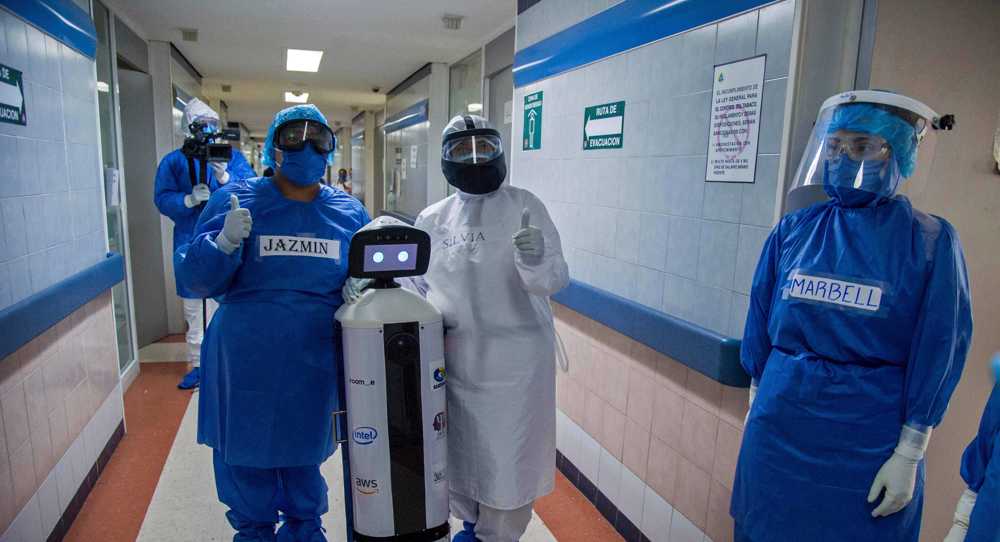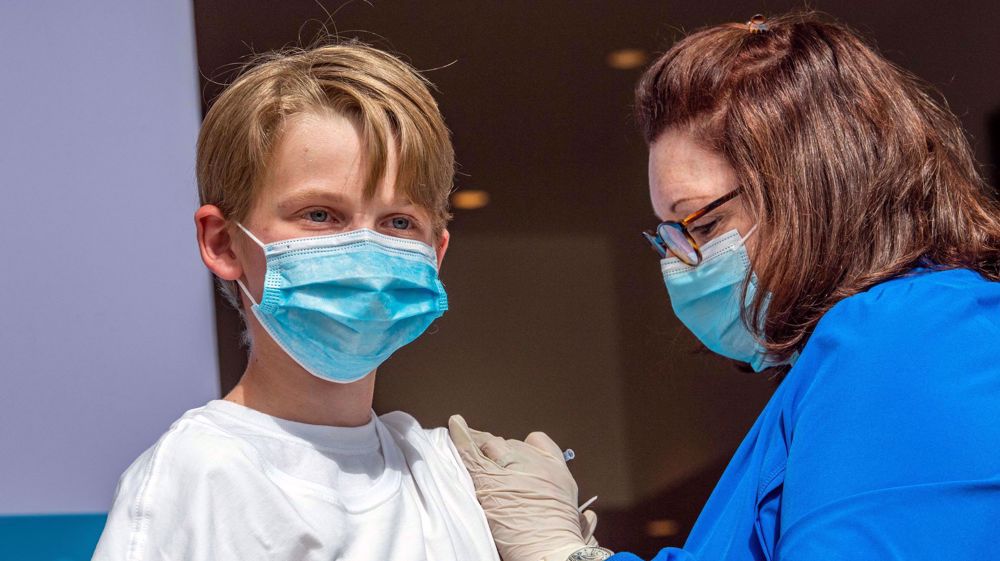US children's mental health crisis deteriorated during COVID: CDC studies
American children's mental health crisis has got worse during the COVID-19 pandemic, says the US Centers for Disease Control and Prevention (CDC).
According to two new studies published by CDC on Friday, overall pediatric emergency department visits decreased in 2020, 2021, and in January 2022 compared with visits before the coronavirus outbreak in 2019.
However, COVID-19-related emergency department visits had increased across all pandemic years and among pediatric age groups during this time, it showed.
The first study found that there were increases in the weekly number and proportion of emergency department visits for certain types of injuries, some chronic diseases, and visits related to behavioral health concerns, especially among older children (5–11 years) and adolescents (12–17 years).
Factors affecting caregivers during the pandemic, including unavailable or unpredictable childcare, illness, financial hardship, and mental health concerns, might increase a child’s vulnerabilities, it stated, adding, that loss of a parent or caregiver and disruptions in daily routine due to the COVID-19 pandemic might have also increased a child’s behavioral health concerns and unhealthy coping behaviors.
The second study, which also analyzed pediatric emergency department visits, found that adolescent girls (12–17 years) accounted for the largest increases in the number and proportion of emergency department visits for mental health conditions in 2020, 2021, and in January 2022 compared to pre-pandemic.
Weekly visits for eating and tic disorders increased for females, and particularly adolescent females (12–17 years), during 2020, 2021, and in January 2022, it showed.
Extended time at home may have been the cause of this increase, among other challenges and stressors, the second study suggested, adding, these factors, as well as other pandemic-related stressors that impact families (e.g., increases in parental mental health problems, parental substance use, financial strain, and loss of a parent or caregiver), could have created or increased the risk for mental health conditions.
The CDC advised early identification and expanded evidence-based prevention and intervention strategies as remedies for improving children’s mental health, especially among adolescent females who might have increased need. It recommended increased awareness for health concerns among children and adolescents that could arise due to delayed medical care and heightened emotional distress.
CDC published the two new studies in its weekly journal The Morbidity and Mortality Weekly Report (MMWR) that provide important insights on the health and well-being of children and adolescents in the United States.
Earlier studies by the World Health Organization had reported the "devastating impact" of the pandemic on mental health services.
In a related study by the National Health Service (NHS), Britain’s main health provider, researchers reported nearly 24 percent of British teenage females aged 17 to 19 had reported a mental disorder.
Results from another study found that more than a fifth of British 14-year-old girls had committed self-harm amid reports of increased admissions in pediatric hospitals.

World pays tribute to ‘victim of refusal’ to US-Israeli genocide

Hamas denounces NYT distortion of Marzouk’s comments on Op Al-Aqsa Flood

Thousands demonstrate on Presidents’ Day to call Trump 'A Tyrant'
Iranian flotilla makes port call in India with 'friendship message'
How UK counter-terror police colluded with Zionists to detain me after Beirut trip
Biden, Blinken, Austin referred to ICC over Gaza war crimes
EU will 'do the same' if US implements tariff hikes: France
VIDEO | Press TV's news headlines
British celebrities condemn BBC removal of Gaza documentary
Iran Army acquires tactical vehicles, audio surveillance systems
VIDEO | UK police detain anti-Zionist scholar upon return from Lebanon












 This makes it easy to access the Press TV website
This makes it easy to access the Press TV website